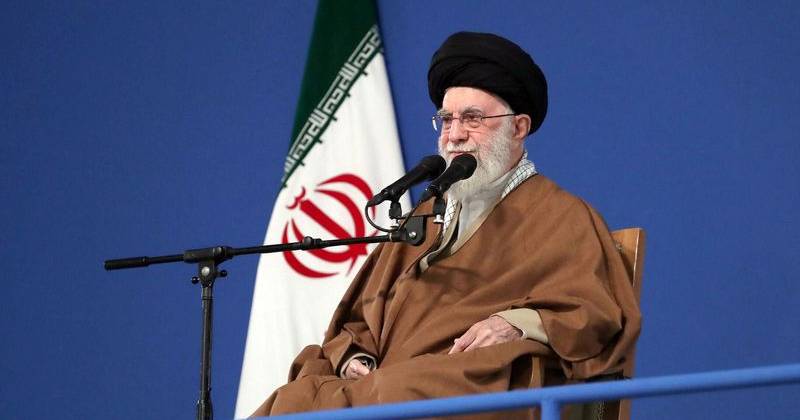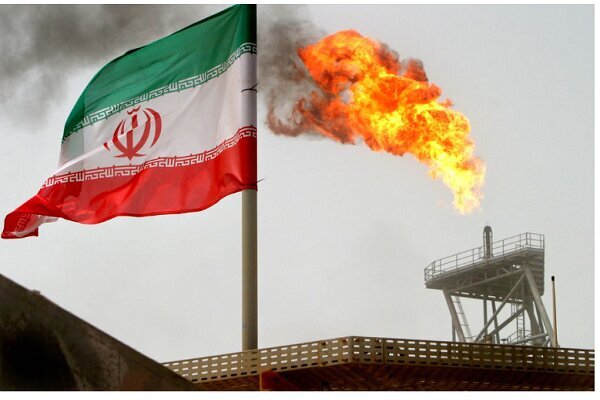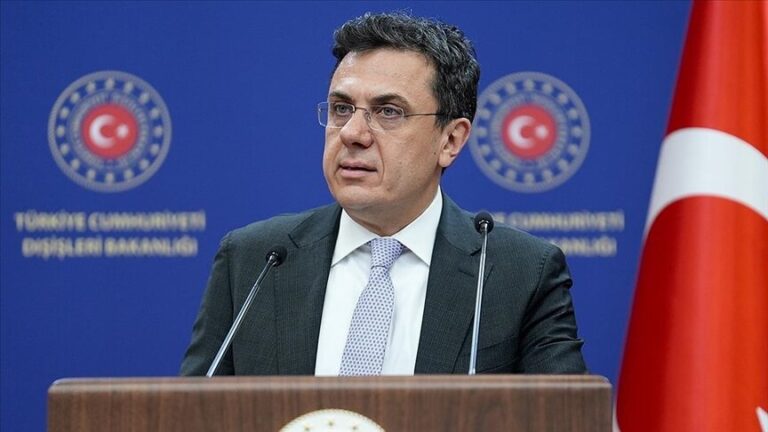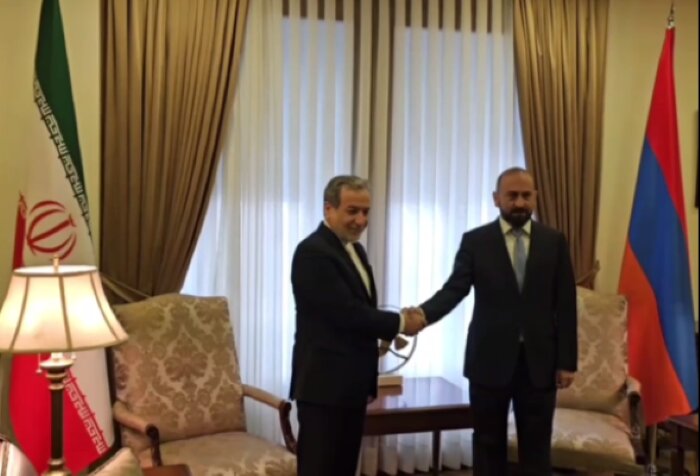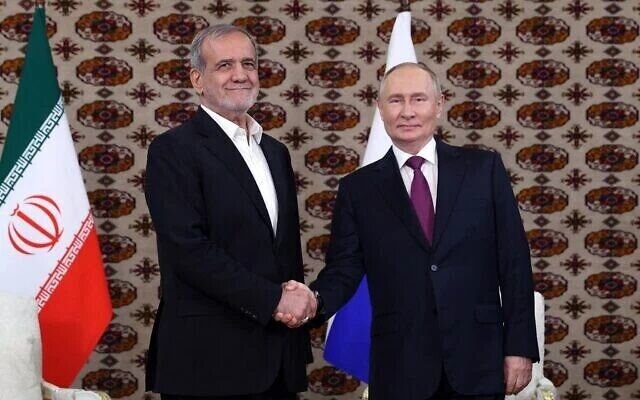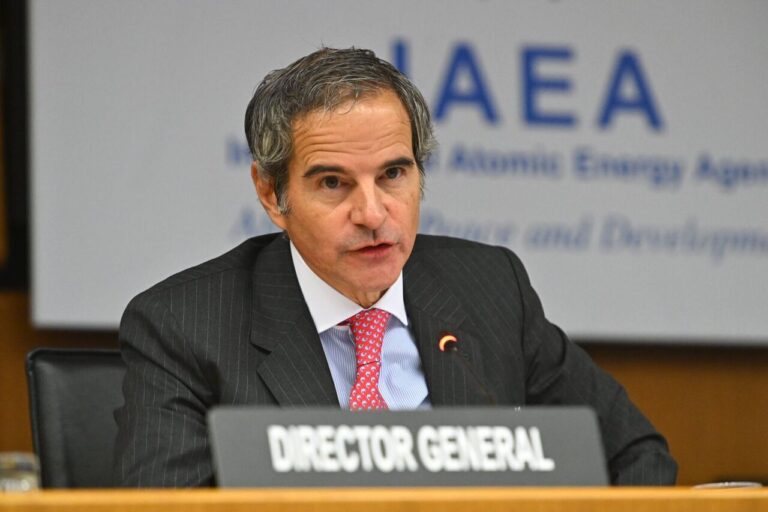Khamenei’s Hidden Hand: Unraveling the Truth Behind Iran’s Economic Control
In his recent Nowruz address, Supreme Leader Ali Khamenei publicly distanced himself from economic decision-making, asserting that such responsibilities lie with the president. However, the reality is that Khamenei possesses a profound and far-reaching influence over Iran’s economy. Understanding Khamenei’s role in economic planning reveals a complex web of authority and control that extends far beyond mere rhetoric.
Khamenei’s Formal Role in Economic Planning
While Khamenei does not directly manage economic ministries or oversee the national budget—tasks that officially fall to the presidential administration and parliament—his control manifests through various other channels. This influence is deeply rooted in constitutional authority, as well as informal networks that shape Iran’s economic landscape.
According to Article 110 of Iran’s Constitution, Khamenei holds the power to determine the general policies of the Islamic Republic. In collaboration with the Expediency Council, which he appoints, Khamenei issues the “General Policies of the System.” These policies significantly influence the country’s economic trajectory, ensuring that development plans align with his vision.
One crucial body in this process is the Planning and Budget Organization, responsible for ensuring that Iran’s development plans, particularly in the oil sector, adhere to the guidelines outlined in the General Policies of the System documents.
Control Over Oil Revenues
Khamenei also wields significant authority over the allocation of oil revenues. For instance, any withdrawal from the National Development Fund of Iran (NDFI) requires his explicit consent. Notably, at least 20 percent of all oil revenues are directed to the NDFI. Over the years, various administrations, including that of Masoud Pezeshkian, have sought Khamenei’s approval to borrow billions from the fund to address budget deficits.
Political Engineering and Economic Direction
Khamenei’s influence extends beyond direct economic controls; he also appoints key figures in Iran’s political framework. He designates the head of the judiciary and members of the Guardian Council, a body that possesses the authority to veto legislation, including economic policies and budget plans that do not align with his directives. This Council, serving as Iran’s electoral overseer, ensures that only candidates who share Khamenei’s political and economic vision ascend to power.
Economic Entities Under Khamenei’s Direct Control
Another critical aspect of Khamenei’s economic influence is his control over a network of quasi-charitable foundations, known as bonyads, and religious endowments. These organizations, originally established to redistribute wealth and provide social welfare after the 1979 Islamic Revolution, have transformed into significant economic entities operating across various sectors, including:
- Agriculture
- Construction
- Mining
- Energy
- Manufacturing
- Telecommunications
- Financial Services
- Real Estate
Despite their extensive operations, the financial activities of these organizations remain largely opaque, with assets worth hundreds of billions of dollars. By appointing their leadership, Khamenei ensures their loyalty and further solidifies his control over these powerful economic entities.
Strategic Financing and Military Funding
Furthermore, these entities play a crucial role in financing Iran’s regional allies and political factions aligned with Khamenei through a complex system of privilege distribution, often referred to as rent in Iranian economic discourse.
The Revolutionary Guards’ Economic Influence
The Islamic Revolutionary Guard Corps (IRGC), operating directly under Khamenei’s command as the commander-in-chief, also holds substantial economic power. The IRGC is allocated a portion of Iran’s oil exports, which they reportedly sell through front companies and intermediaries to circumvent US sanctions. This practice generates significant funding for their military operations and regional activities.
Industries dominated by the IRGC include construction, energy, and telecommunications. Additionally, they receive a direct share of Iran’s oil revenues, facilitating their financial independence while supporting military and regional operations.
The Extent of Khamenei’s Economic Control
Measuring the economic impact of bonyads, religious endowments, and the IRGC is challenging due to their non-transparent financial practices. However, estimates suggest that these entities collectively control at least half of Iran’s GDP. Although they are technically subject to taxation and audits, they employ complex strategies to obscure financial data, making effective oversight nearly impossible.
Khamenei’s strong grip on these institutions not only reinforces his dominance over the Iranian economy but also limits transparency and obstructs essential reforms. This control expanded significantly following a 2005 privatization initiative that redirected state assets not to a genuine private sector but to IRGC-affiliated entities, bonyads, and companies benefiting from monopolistic privileges.
